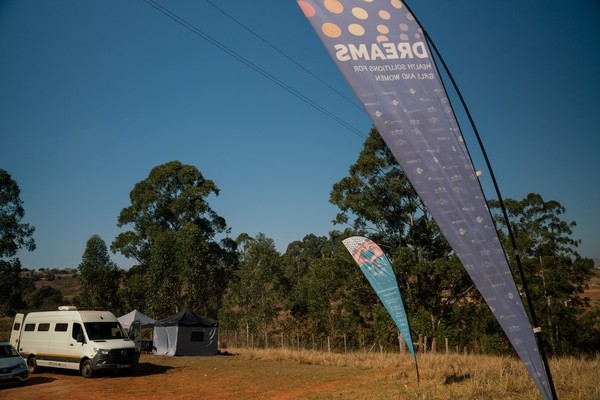Feature
Eswatini reaches HIV epidemic control with PEPFAR support

A little over a decade ago, HIV had its grip on Eswatini. The second smallest country by geographic area on mainland Africa and last remaining African monarchy, Eswatini had the highest national rate of new HIV infections and the highest proportion of adults living with HIV in the world at the time.
According to the first of its kind population-based HIV impact assessment, known as SHIMS, annual incidence of HIV among adults in Eswatini was 2.48% in 2011. Prevalence of viral load suppression, or very low levels of HIV in the blood, among HIV-positive adults was 34.8%.
“Many, many years ago, so many families were fragmented because of HIV,” recalls Nosipho Gwebu Storer, Pact’s country director in Eswatini.
Today, the picture is remarkably different.
Annual incidence has fallen to 0.62% and viral load suppression stands at an incredible 88.6%, according to the latest SHIMS 3 conducted in 2021. Eswatini is close to achieving UNAIDS’ 95-95-95 targets well ahead of the 2025 target date.
The results are remarkable and show that controlling the HIV epidemic is possible.
A significant factor in these impressive gains is the strong partnership between the Government of the Kingdom of Eswatini and the U.S. President’s Emergency Plan for AIDS Relief, commonly known as PEPFAR.
Before PEPFAR began working in Eswatini in the mid-2000s, the HIV epidemic was tearing through families. Like many other countries, initial priorities focused on educating people about HIV and how it is spread, conducting HIV testing and connecting people who tested positive to the treatment they needed.
Pact began working on HIV response in Eswatini in 2005. Our work has included leading large PEPFAR-funded programs, such as the REACH and REACH II programs, which focused on developing the capacity of local civil society organizations working on HIV prevention and support for orphans and vulnerable children. As the epidemic has evolved, so has our work. Since 2015, we have focused on closing the gaps for two of the most vulnerable populations, orphans and vulnerable children and adolescent girls and young women. Through efforts like the Umliba Loya Embili and Insika ya Kusasa projects, we have addressed underlying risks associated with HIV, including poverty, gender-based violence, education, child protection and more.
“In Eswatini, children and women are disproportionately affected by many things that increase their risk factors for HIV.”
The latest SHIMS assessment confirms the overwhelming burden that women bear when it comes to HIV in the country. HIV incidence was nearly seven times higher among women than among men.
Throughout the years, a constant effort has been supporting local organizations and government agencies working to help people affected by HIV and AIDS and stop the disease’s spread. By improving these organizations’ governance, administration, financial management, resource development, program implementation, and monitoring and evaluation processes, we have helped ensure a robust and sustainable local response to the epidemic.
Today, Eswatini is among the leaders in reaching global HIV epidemic control goals and was the first country to reach UNAIDS 95-95 -95 goals.
Of adults living with HIV, 93.7% know their status, 97.3% of people living with HIV are on treatment and 96.2% of those on treatment are virally suppressed.
“Because of the leadership of the Government of the Kingdom of Eswatini and the support from PEPFAR and USAID, especially their focus on the most vulnerable, Eswatini has achieved epidemic control,” says Storer. “I’m proud that Pact has been a trusted partner in Eswatini’s journey and their amazing achievements.”
Knowing what has already been accomplished, closing the gaps for women, girls and children is a fight the country and its partners are up to.